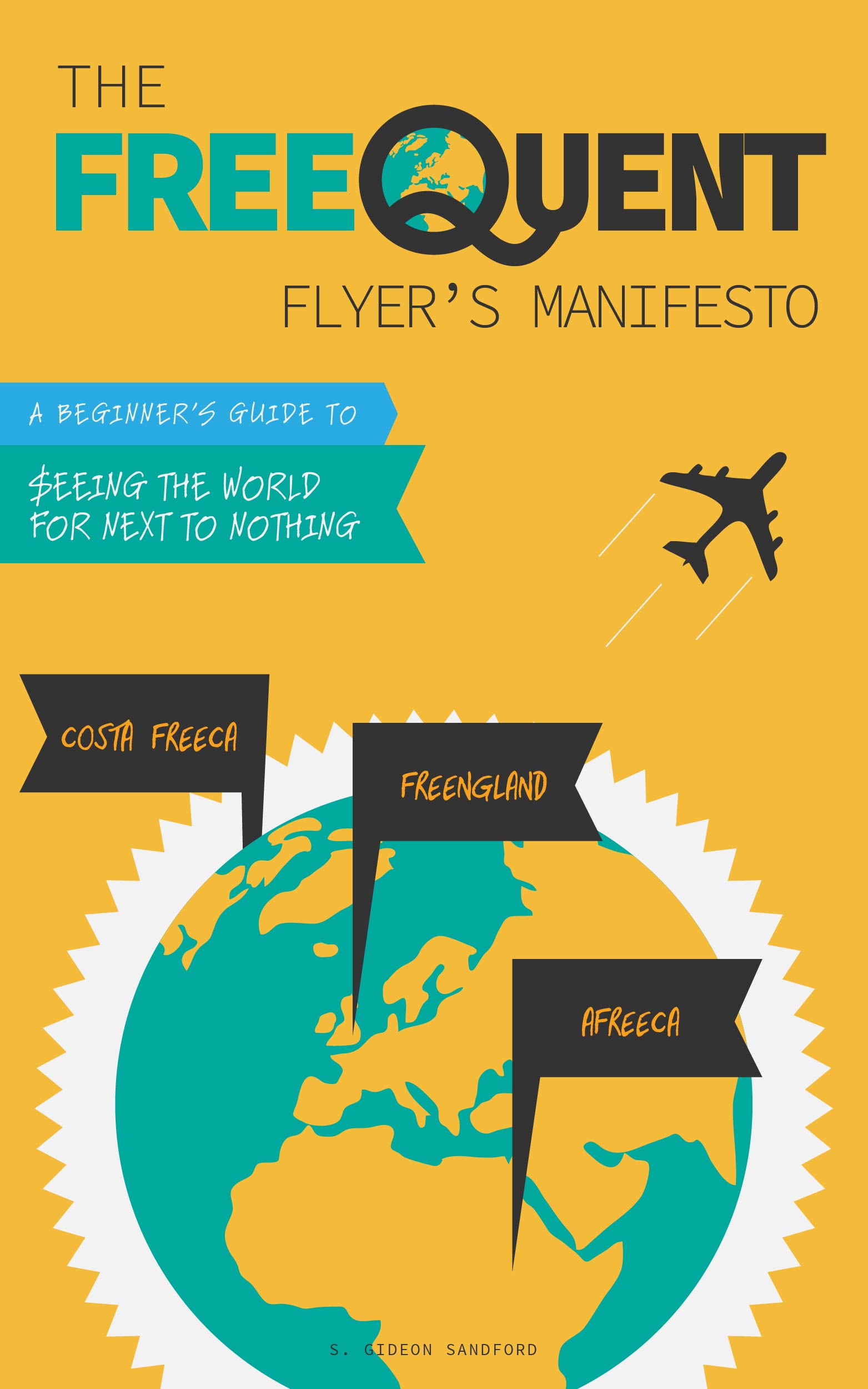Aspirational awards, part 1: Hilton all-inclusive resorts (Americas)
/If you follow the advice in my book and here on the website, hen you know you never need to pay retail for another flight or hotel stay again. But that doesn't solve the most important question: where do you want to fly for free, and where do you want to stay when you get there? In this on-going series, we'll take a look at various aspirational hotel and airline redemptions around the world in order to help you make the most of your miles and points.
In today's edition, we'll examine Hilton's all-inclusive resort properties, where you can redeem Hilton HHonors points for stays that included food and beverages, including alcoholic beverages.
Hilton Papagayo Costa Rica Resort & Spa
Vital Information
- Award night cost: 60,000 HHonors points per night, year round.
- 5-night stay with 5th night free for elite members: 240,000 HHonors points.
- Cash price: $1,645 - $2,795 on sample dates.
- Redemption value: 0.6 - 1.16 cents per point.
Getting there
- merican Airlines operates non-stop service to Liberia, Costa Rica (LIR) on two-cabin aircraft from Miami International Airport (MIA).
- Delta Airlines operates non-stop service to LIR from their hub in Atlanta, Georgia (ATL).
- United Airlines operates non-stop service on two-cabin aircraft to LIR from their Texas hub in Houston (IAH) and seasonally from Newark (EWR).
- US Airways operates occasional weekend flights from Charlotte, North Caroline (CLT) to LIB on two-cabin aircraft.
Hilton Rose Hall Resort & Spa, Jamaica
Vital Information
- Award night cost: 60,000 points per night, year round.
- 5-night stay with 5th night free: 240,000 HHonors points.
- Cash price: $1,570 - $2,995 on sample dates.
- Redemption value: 0.65 - 1.2 cents per HHonors point.
Getting There
- American Airlines operates non-stop service to Montego Bay, Jamaica (MBJ) from Dallas/Fort Worth (DFW) on two-cabin aircraft.
- Delta Airlines operates non-stop service to MBJ from their hubs at New York City's JFK and Atlanta.
- United operates non-stop flights between MBJ and their hub in Houston (IAH) on two-cabin aircraft.
- US Airways operates non-stop service to MBJ from their hub in Charlotte on two-cabin aircraft.
Hilton Puerto Vallarta Resort, Mexico
Vital Information
- Award night cost: 60,000 points per night, year round.
- 5-night stay with 5th night free: 240,000 HHonors points.
- Cash price: $1,070 - $2,445 on sample dates.
- Redemption value: 0.44 - 1.01 cents per HHonors point.
Getting There
- American Airlines operates non-stop flights between Puerto Vallarta Ordaz (PVR) and their hub in DFW.
- Delta operates non-stop flights between PVR and Los Angeles (LAX) and Atlanta.
- United operates non-stop flights between PVR and San Francisco (SFO), Houston (IAH), Denver (DEN), Los Angeles (LAX) and Chicago O'hare (ORD).
- US Airways operates non-stop services between PVD and their hub in Pheonix, Arizona (PHX).
ward Ticket Redemptions
All four of the airlines mentioned here charge the same number of miles for award redemptions to Mexico and to the Caribbean, so award flights between the continental United States and all three of these destinations cost the same number of award miles:
- American Airlines: 25,000 (off-peak) or 30,000 (peak) AAdvantage miles in economy, 60,000 in business.
- Delta Airlines: 35,000 Skymiles in economy, 60,000 in business.
- United Airlines: 35,000 United miles in economy, 60,000 in first.
- US Airways: 35,000 Dividend Miles in economy, 60,000 in first.
Since these are international flights, they do trigger the stopover and one-way rules that allow you to include free one-ways on award tickets on Delta, United, and American.
ummary
By offering over 1 cent per point in value for 5-night redemptions during high season, the all-inclusive resorts n the Americas provide some of the most valuable redemptions in the Hilton HHonors program. The Hilton American Express cards (standard and Surpass) and Citi HHonors Reserve card earn 3 HHonors points per dollar in non-bonused spend. Even though the American Express bonus on drug store spending (6 points instead of 3) is coming to an end for existing cardholders in May, if you're able to manufacture spending at a cost of .78 cents per dollar, you're still able to earn the 240,000 HHonors points needed for a 5-night stay at a cost of $624, saving up to 77% on a 5-night stay at the Papagayo Costa Rica, for example.



